renaissance bodies weeks 7-13
1/45
There's no tags or description
Looks like no tags are added yet.
Name | Mastery | Learn | Test | Matching | Spaced |
|---|
No study sessions yet.
46 Terms
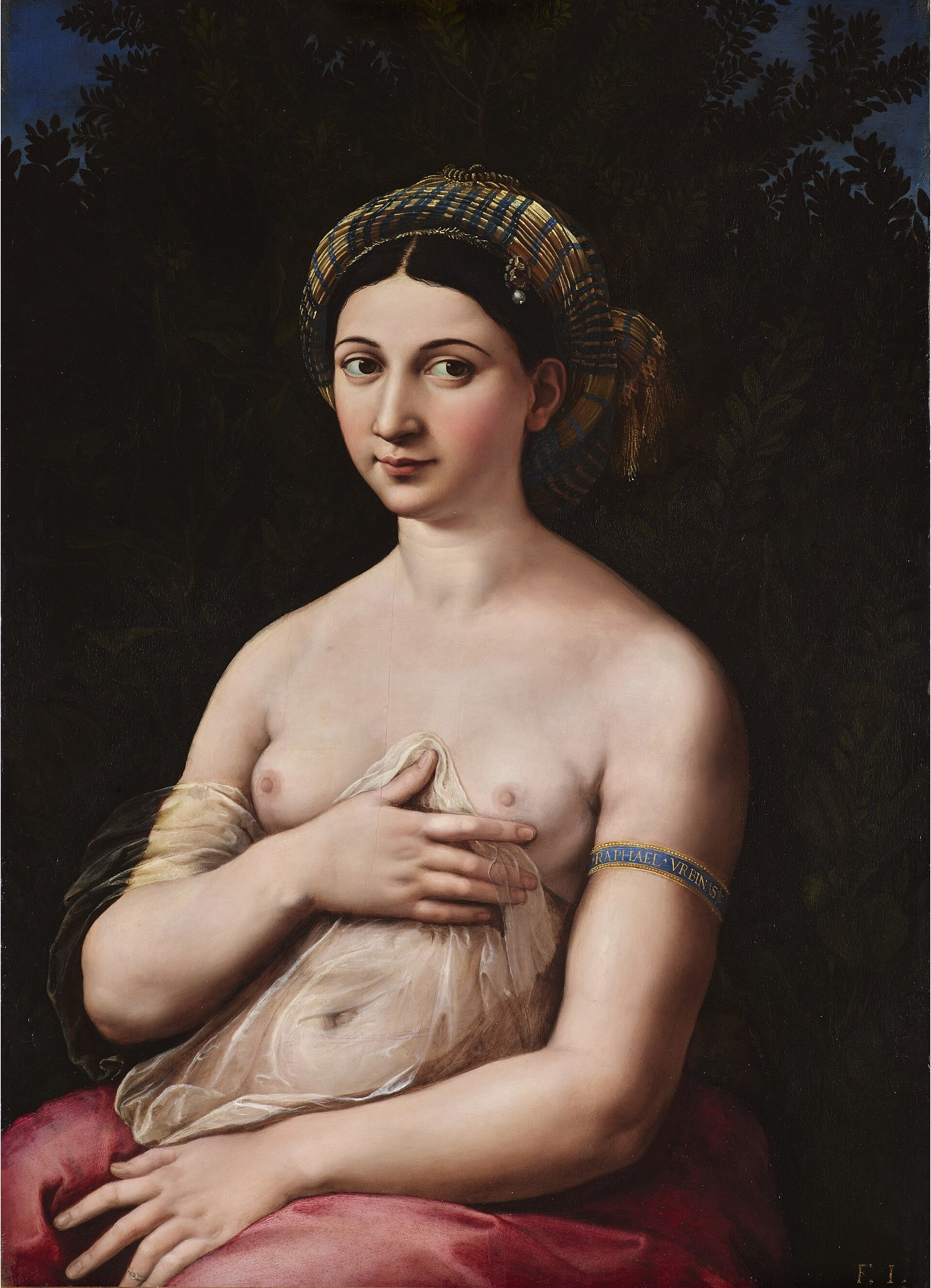
Raphael (and Giulio Romano?), La Fornarina, 1518–19. Oil on panel, 85 x 60 cm. Galleria Nazionale d’Arte Antica, Rome.
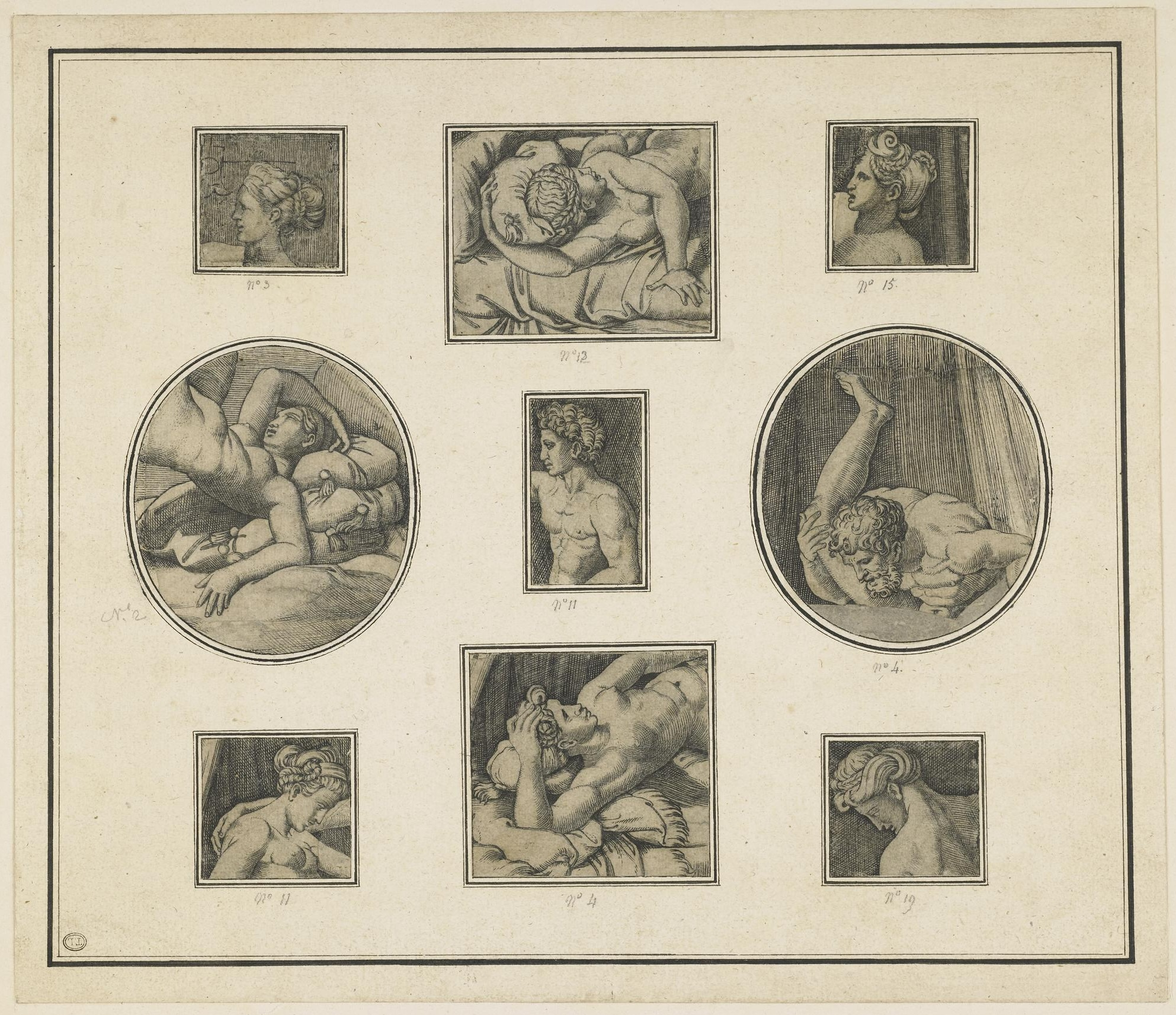
Marcantonio Raimondi after Giulio Romano, Nine Fragments from I Modi, 1510–1520. Engraving, 27 x 24 cm. The British Museum, London.
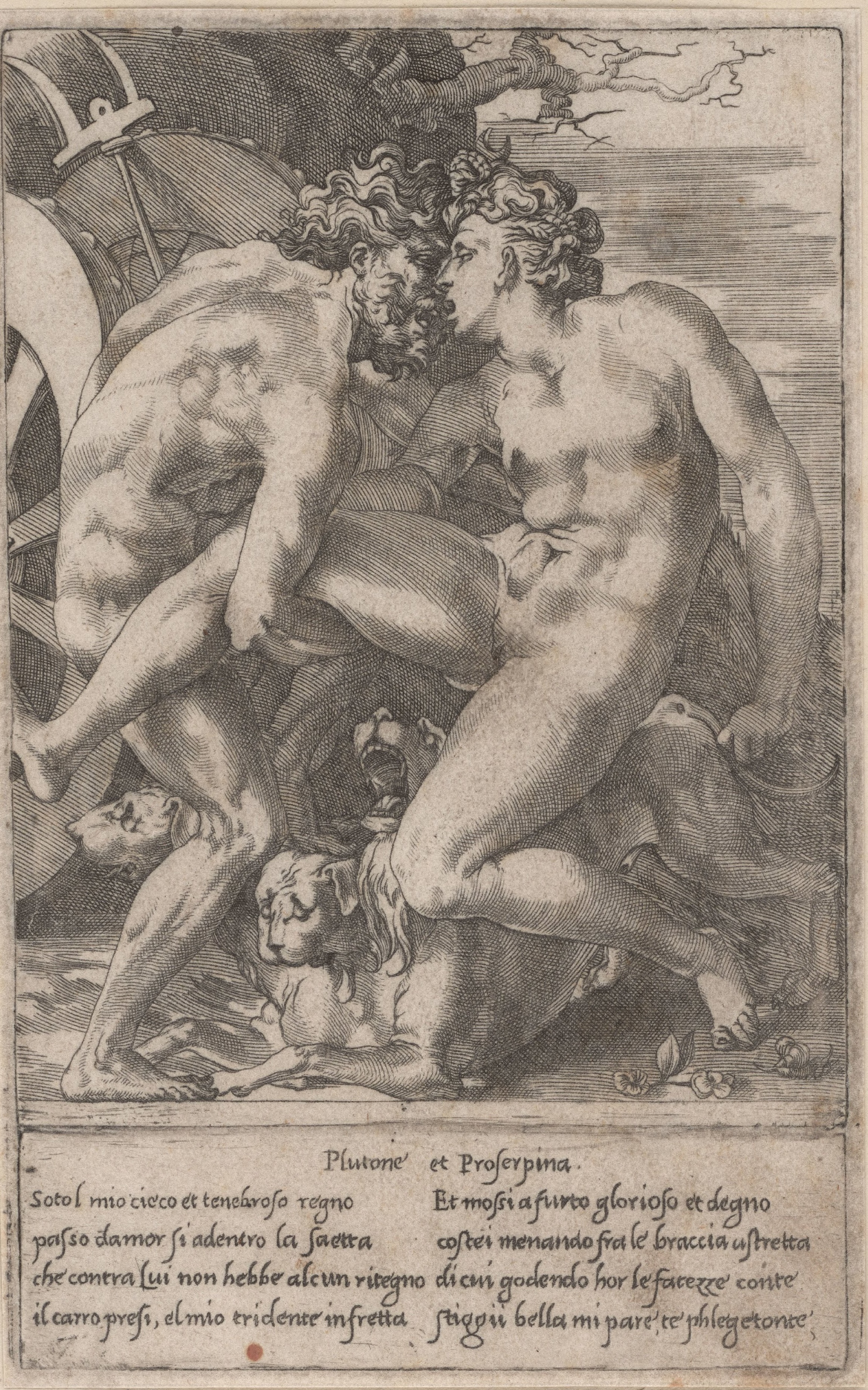
Jacopo Caraglio after Rosso Fiorentino, Pluto and Prosperina from the Loves of the Gods, 1527. Engraving, 22 x 14 cm. Rijksmuseum, Amsterdam.

Unknown Maker(s), This Figure Shows Us the People and Island Discovered by the Christian King of Portugal, or by His Subjects, c. 1503. Hand-colored woodcut, 24.5 x 34 cm. Bayerische Staatsbibliotheek, Munich.
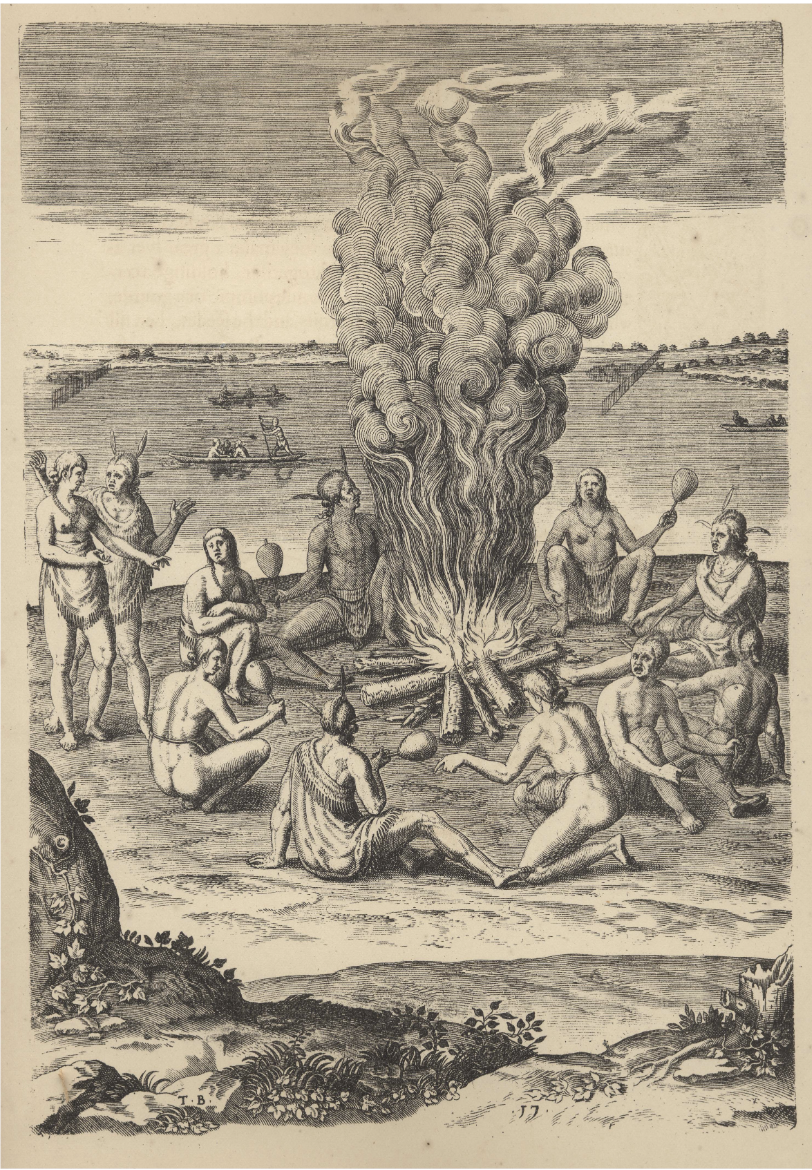
Theodor de Bry, Algonquian Indians (Their Manner of Praying around a Fire), from A Briefe and True Report of the New Found Land of Virginia, 1590. Engraving.
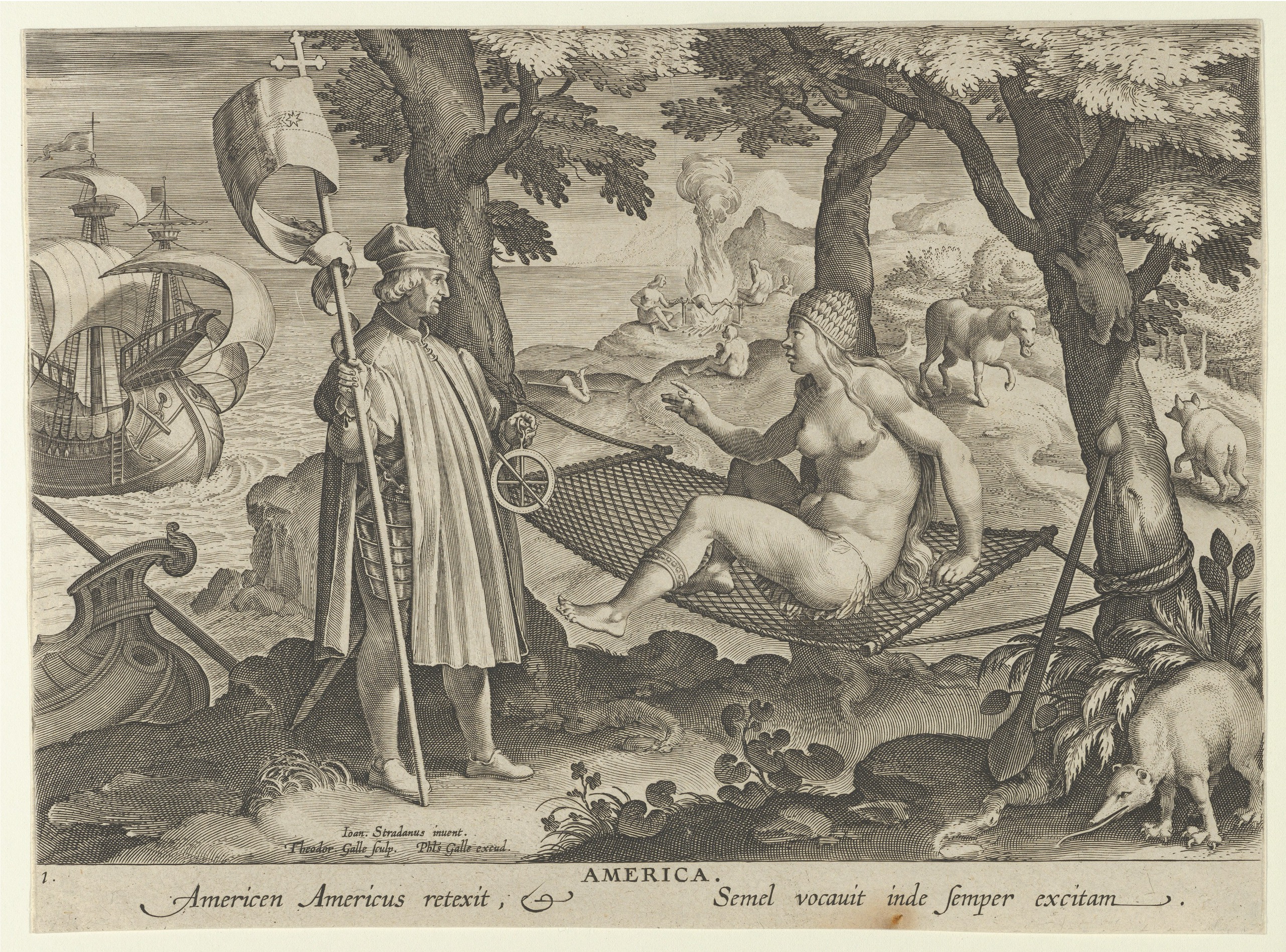
Theodoor Galle after Jan van der Straet (aka Stradanus), Vespucci Discovering America, from the series New Inventions (Nova Reperta), c. 1600. Engraving, 27 x 20 cm. Metropolitan Museum of Art, New York.
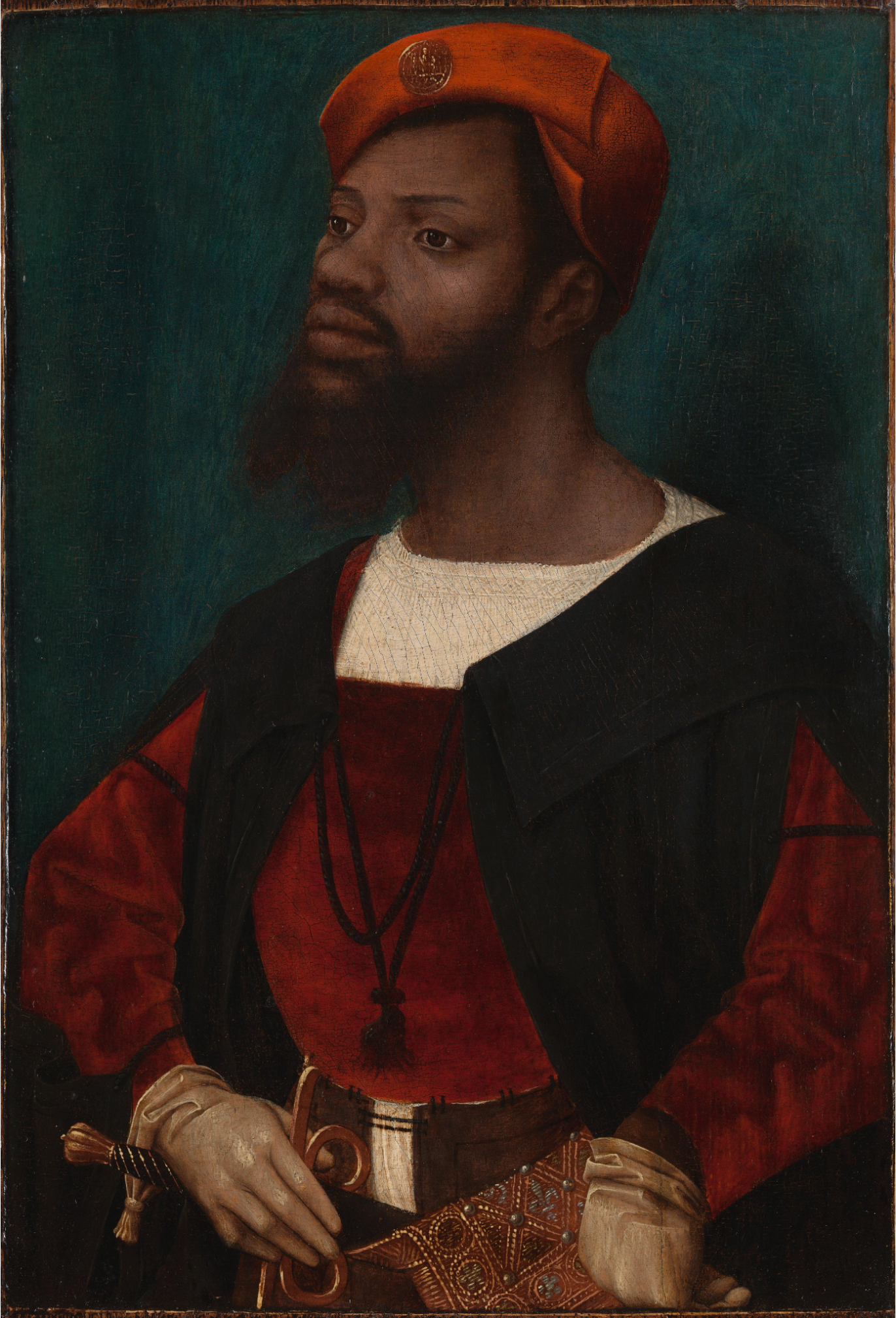
Jan Mostaert, Portrait of an African Man (Christophle le More?), c. 1525–30. Oil on panel, 30 x 20.3 cm. Rijksmuseum, Amsterdam.
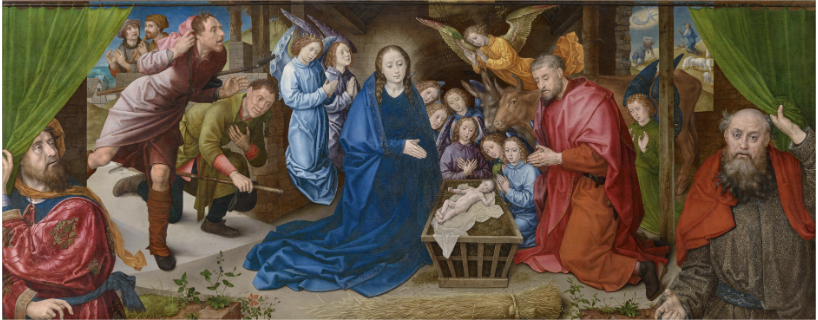
Hugo van der Goes, The Adoration of the Shepherds, c. 1480. Oil on panel, 99.9 x 248.6 cm. Gemäldegalerie, Staatliche Museen, Berlin.

Marcantonio Raimondi, Allegory (The Dream of Raphael), c. 1507–8. Engraving, 23.5 x 32.3 cm. Yale University Art Gallery.
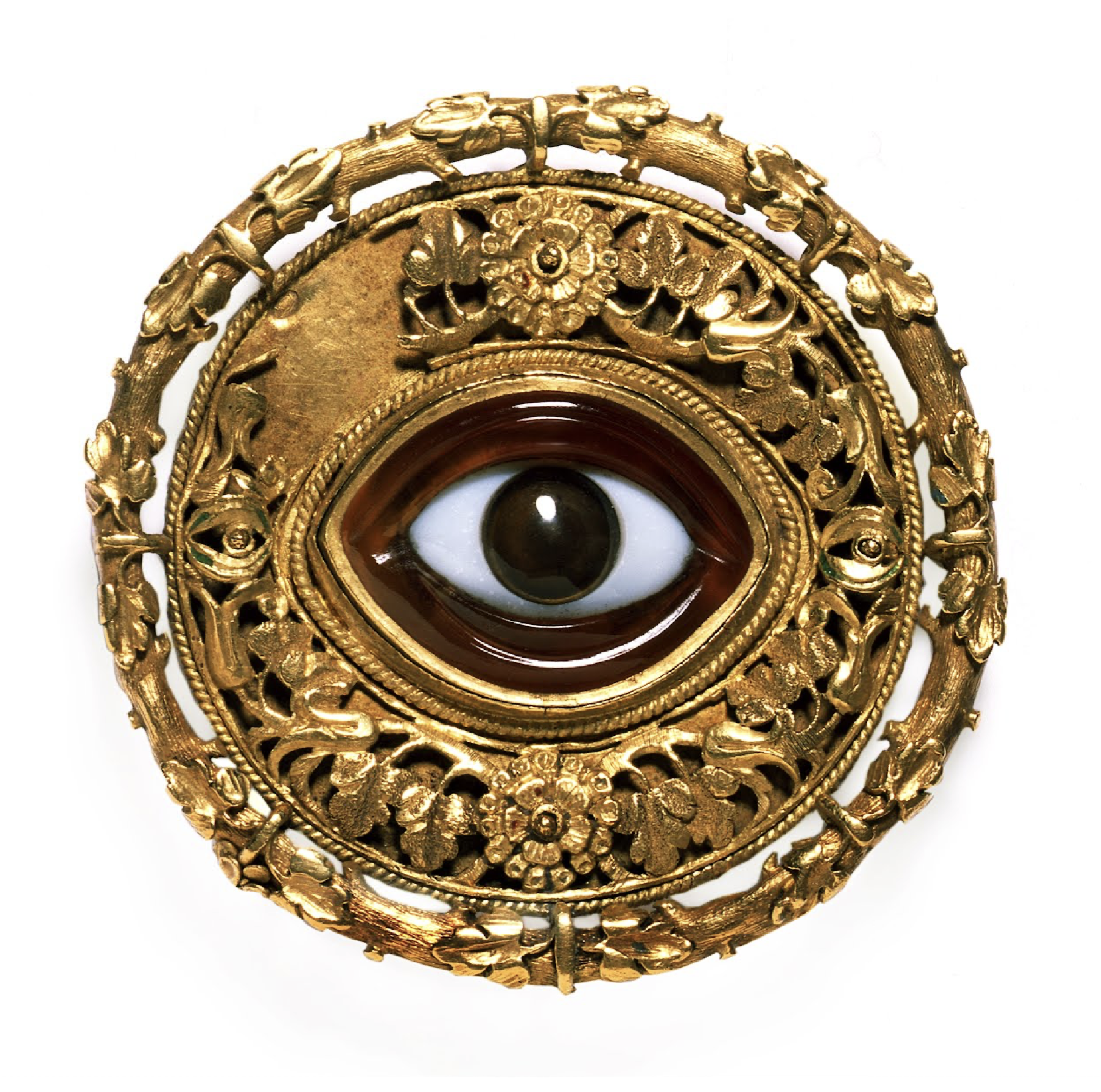
Unknown Maker(s), Eye Brooch, c. 1526–35. Carved agate with gold, 7 x 4.1 cm. Museum für Kunst und Gewerbe Hamburg, Germany.
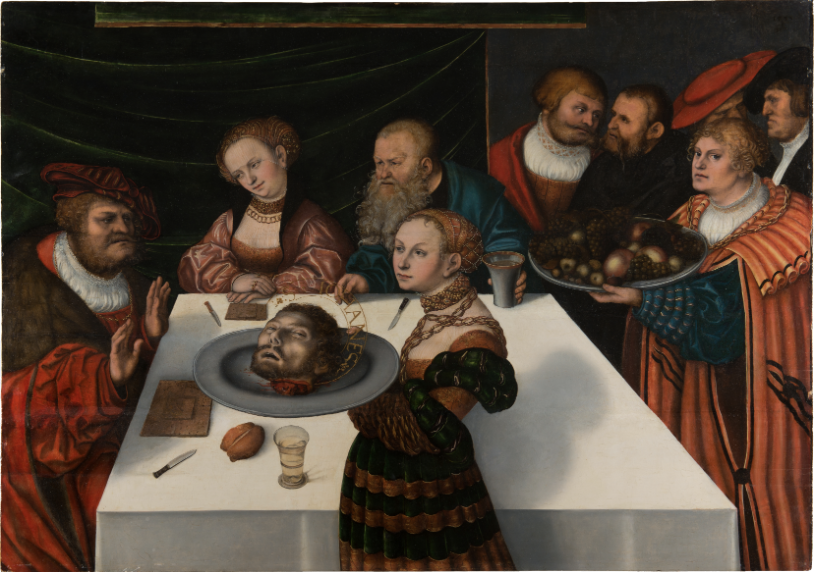
Lucas Cranach the Elder, Feast of Herod, 1533. Oil on panel, 79.5 x 112.6 cm. Städel Museum, Frankfurt.

Albrecht Dürer, Christ among the Doctors, 1506. Oil on panel. 65 x 80 cm. Museo Thyssen-Bornemisza, Madrid.
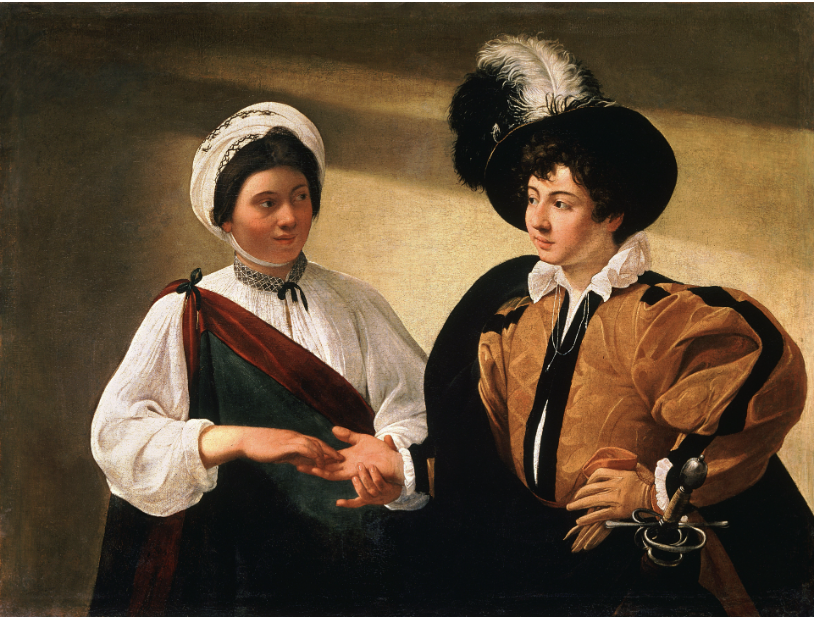
Caravaggio, The Fortune Teller, 1595. Oil on canvas, 93 x 131 cm. Musée du Louvre, Paris.
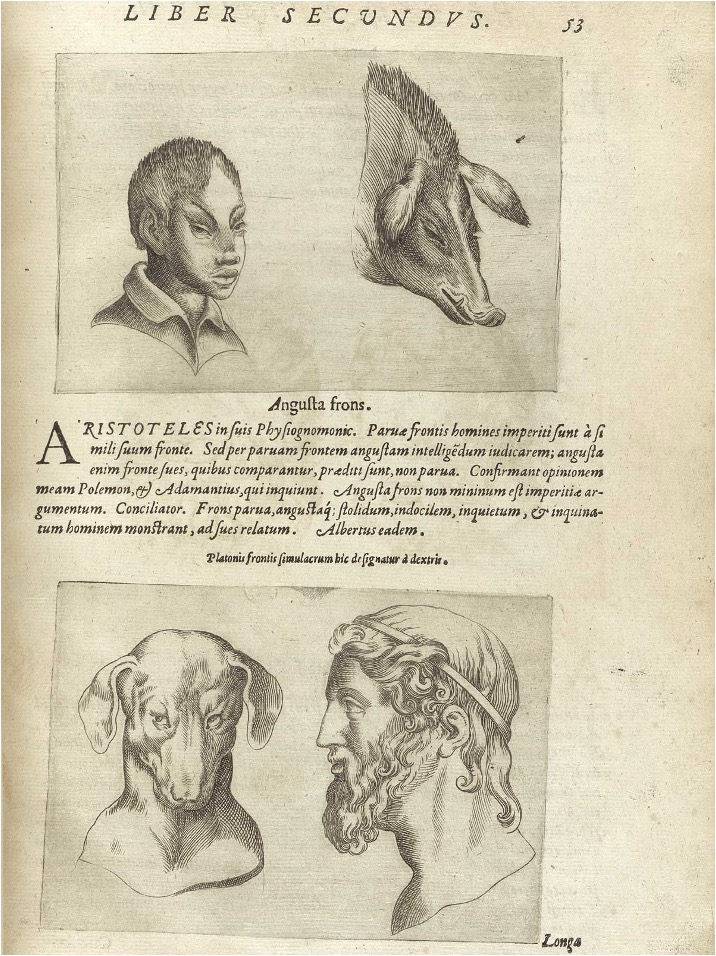
Giambattista della Porta, On Human Physiognomy, 1586. Engraving.
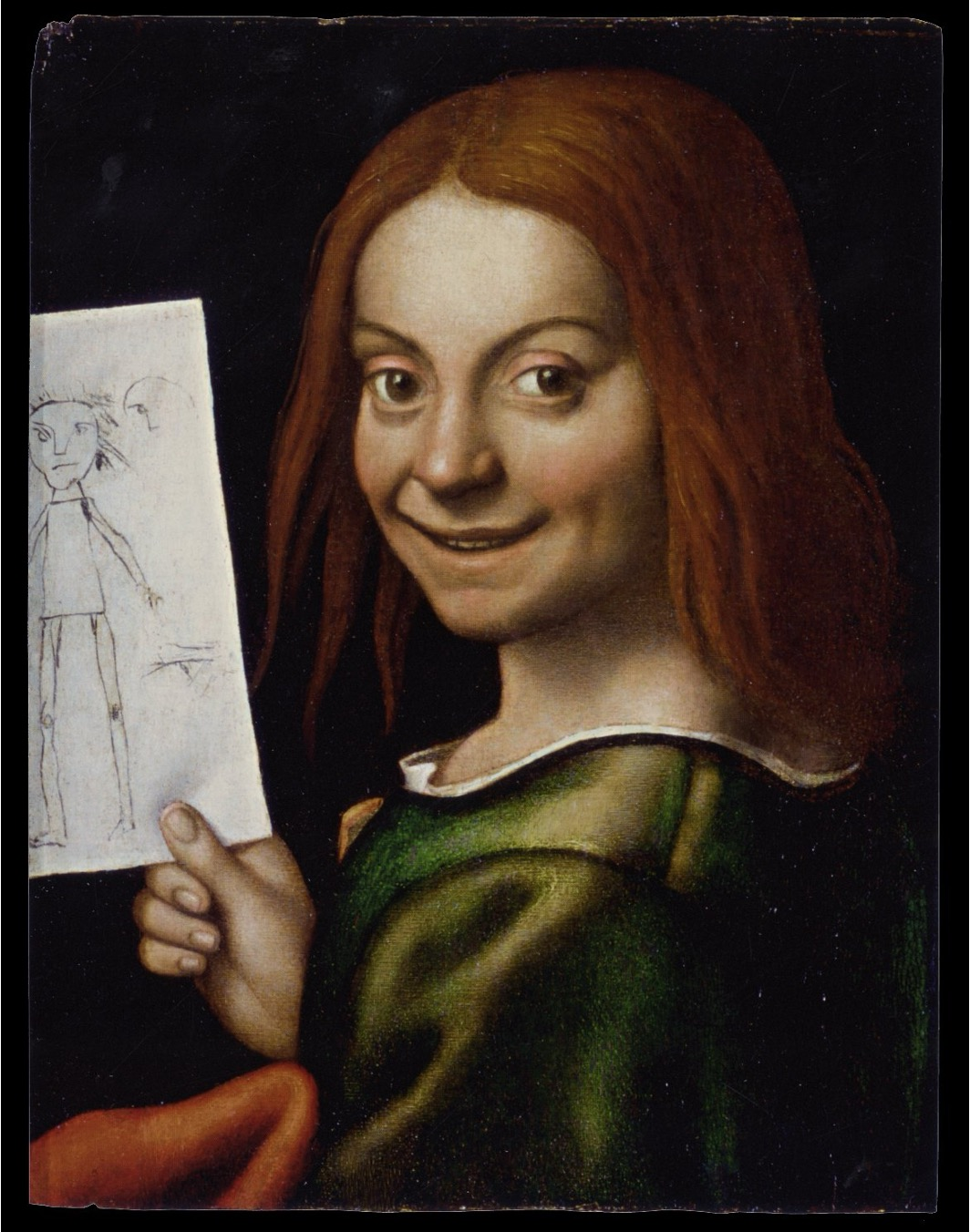
Giovanni Francesco Caroto, Portrait of a Young Boy Holding a Child’s Drawing, 1515–20. Oil on panel, 37 x 29 cm. Museo di Castelvecchio, Verona, Italy.
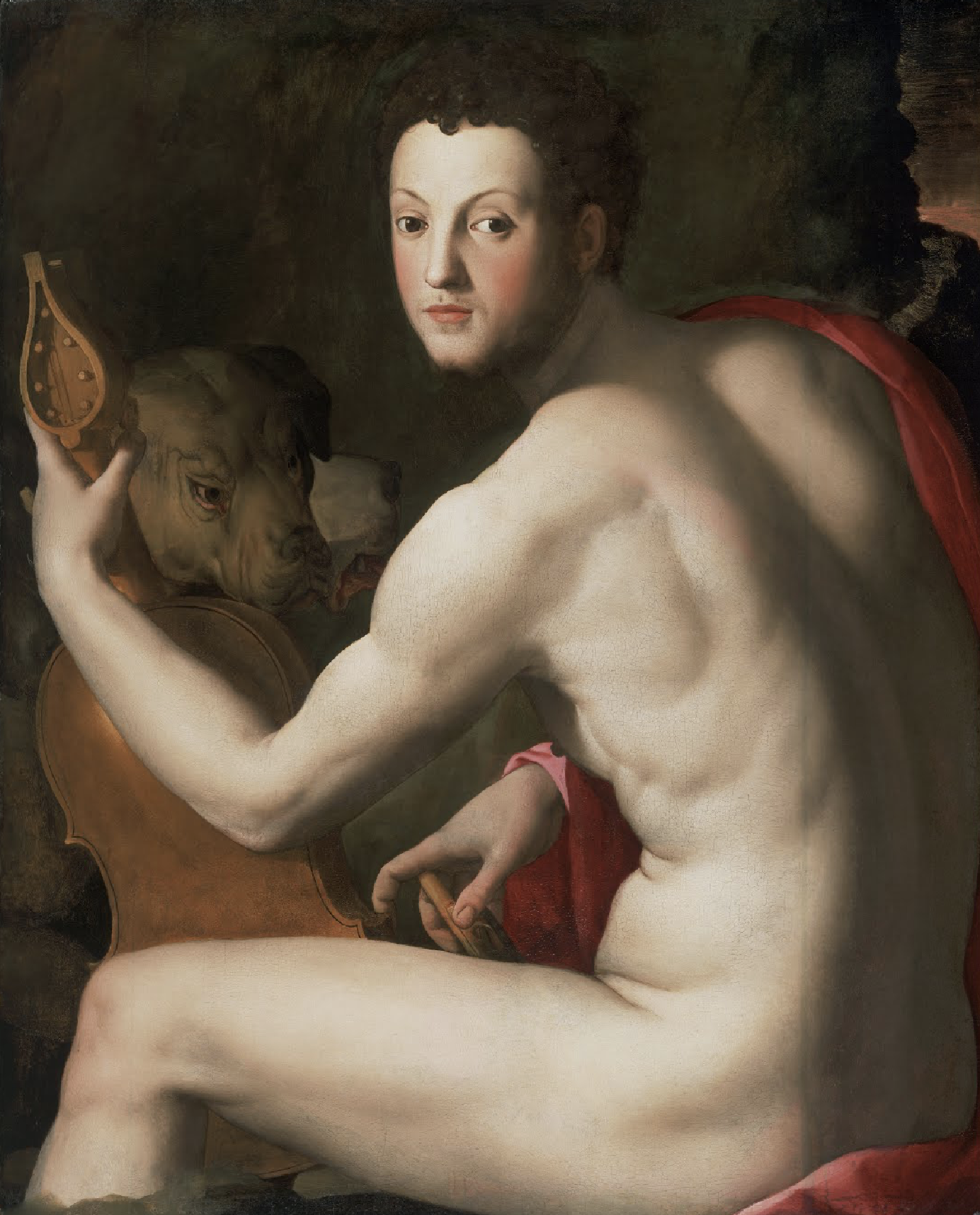
Agnolo Bronzino, Cosimo I de’ Medici as Orpheus, c. 1537–39. Oil on panel, 93.7 x 76.4 cm. Philadelphia Museum of Art.
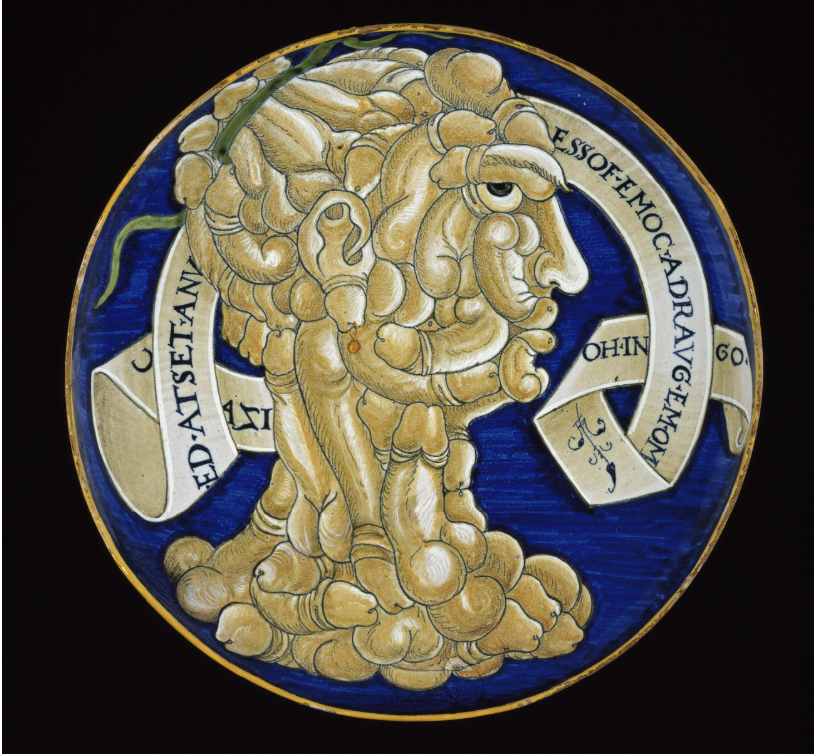
Francesco Urbini (?), Dish with Composite Head of Penises, 1536. Ceramic. Ashmolean Museum, Oxford. Inscription: "Everybody looks at me as if I were a head of dicks."

Leonardo da Vinci, Vulva and anus, c. 1508. Pen and ink over black chalk, 19.1 x 13.8 cm. Royal Collection Trust, UK.
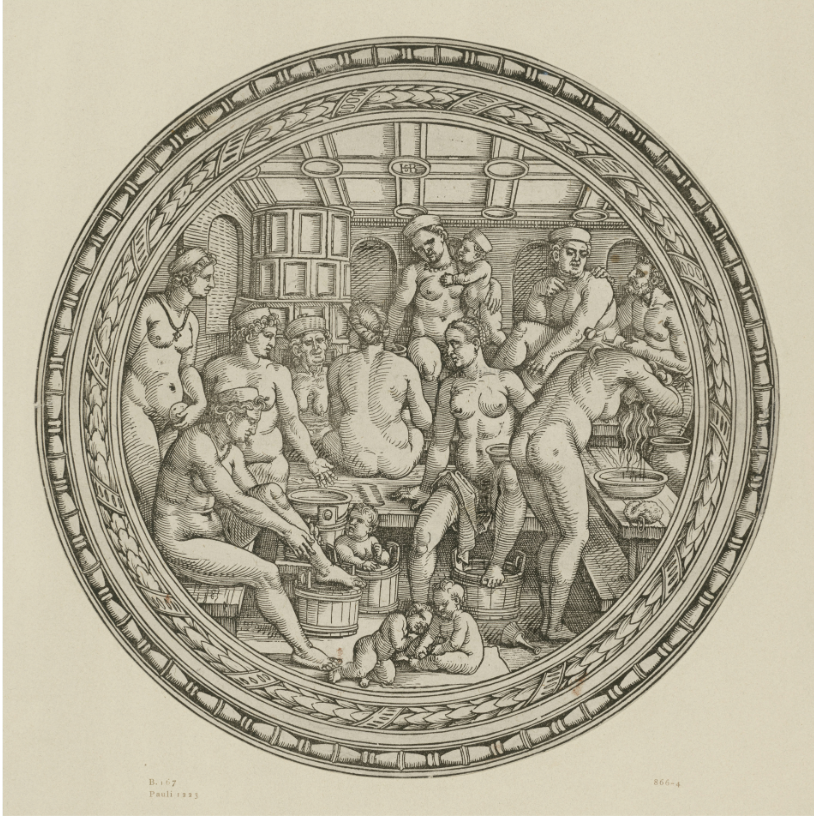
Hans Sebald Beham, The Women’s Bath, c. 1540. Woodcut, 28.4 cm in diameter. Kupferstichkabinett, Staatliche Museen, Berlin.

Unknown Maker(s), Jointed Doll, c. 1520. Boxwood. Bode Museum, Berlin.
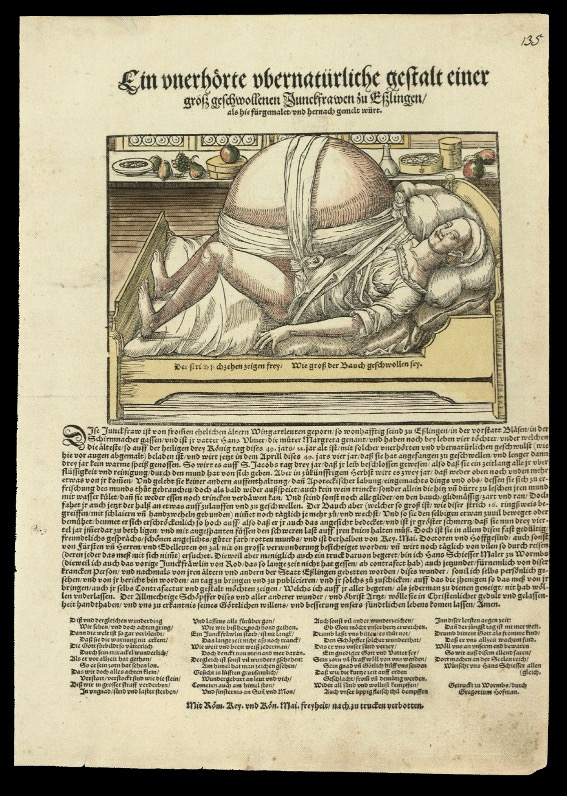
Hans Schiesser and Gregor Hofmann, The Young Woman from Esslingen, c. 1549. Hand-colored woodcut and letterpress. Stiftung Schloss Friedenstein, Gotha, Germany. Inscription: “The sixteenth strike clearly shows, why the belly so swollen grows.”

Jan Gossart, Danäe, 1527. Oil on panel, 113.5 x 95 cm. Alte Pinakothek, Munich.
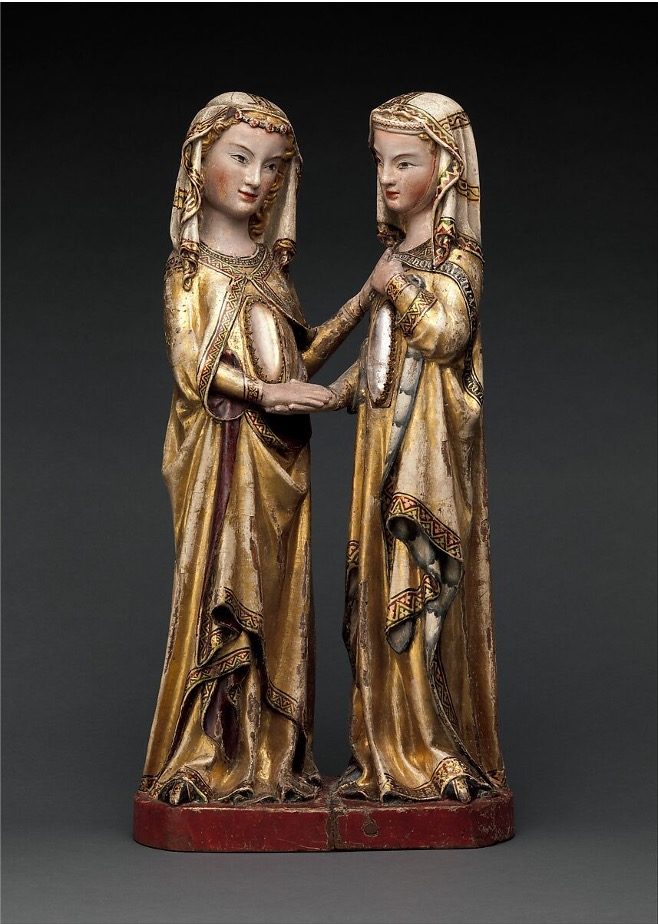
Master Heinrich of Constance (attributed to), The Visitation, c. 1310–20. Walnut, paint, gilding, rock-crystal cabochons inset with gilt-silver mounts, 59.1 x 18.4 cm. Metropolitan Museum of Art, New York.

Unknown Maker(s), The Holy Family with Angels, c. 1400. Oil on panel, 31 x 25.1 cm. Gemäldegalerie, Berlin.
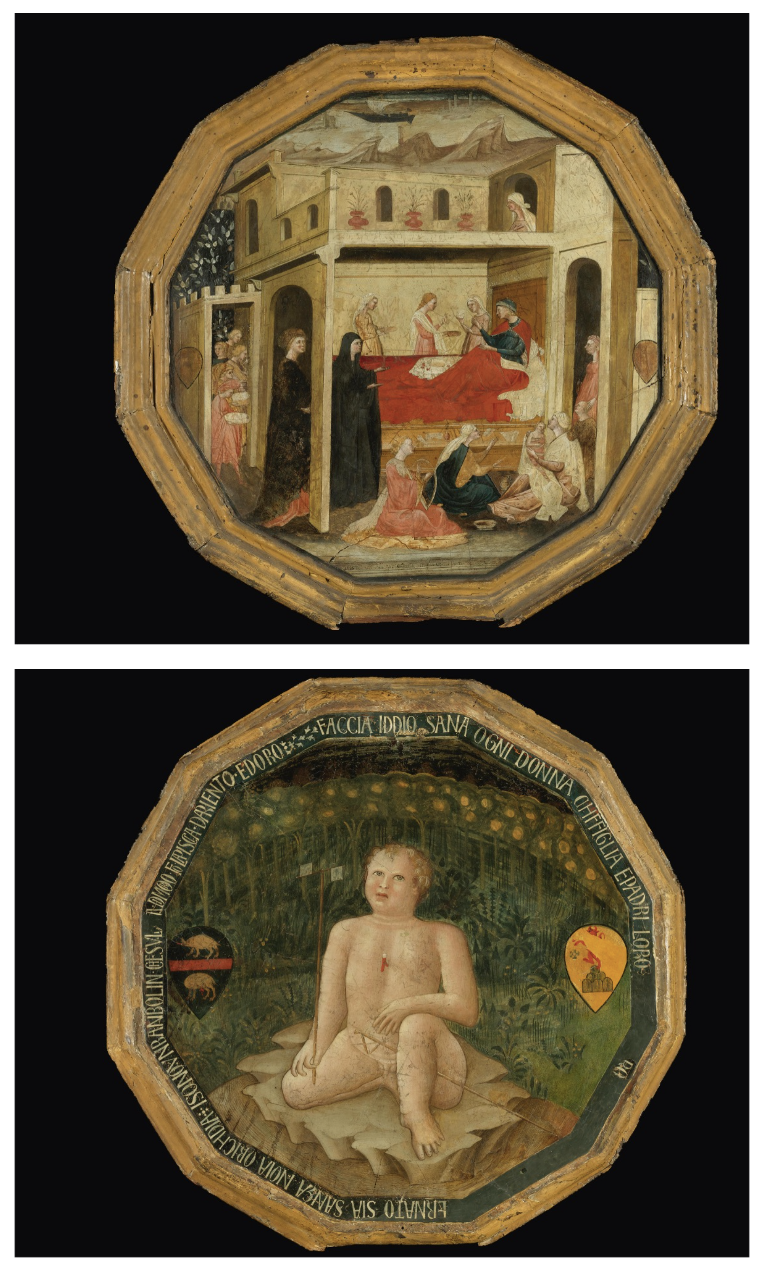
Bartolomeo di Fruosino, Birth Tray (front and back), 1428. Tempera on panel, 59 cm in diameter. Private collection. Inscription: “May God give health to every woman who gives birth and to the child’s father... may [the child] be born without fatigue or danger. I am a baby who lives on a [rock]... and I make urine of silver and gold.”
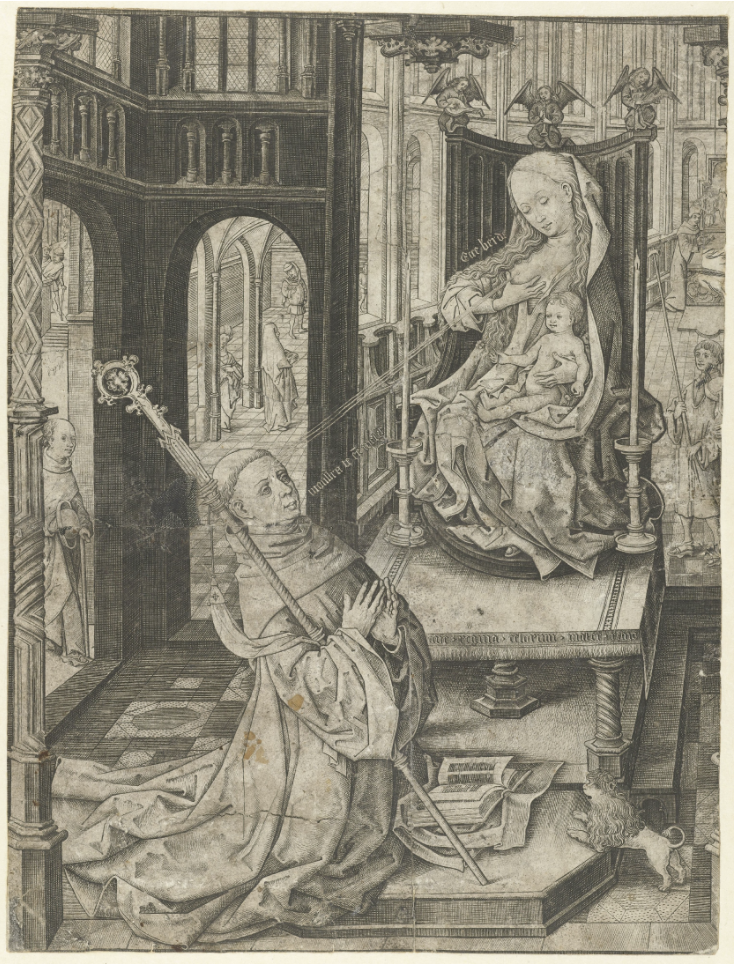
Master IAM of Zwolle, Lactation of Saint Bernard, c. 1470–85. Engraving, 32 x 24.1 cm. Rijksmuseum, Amsterdam.
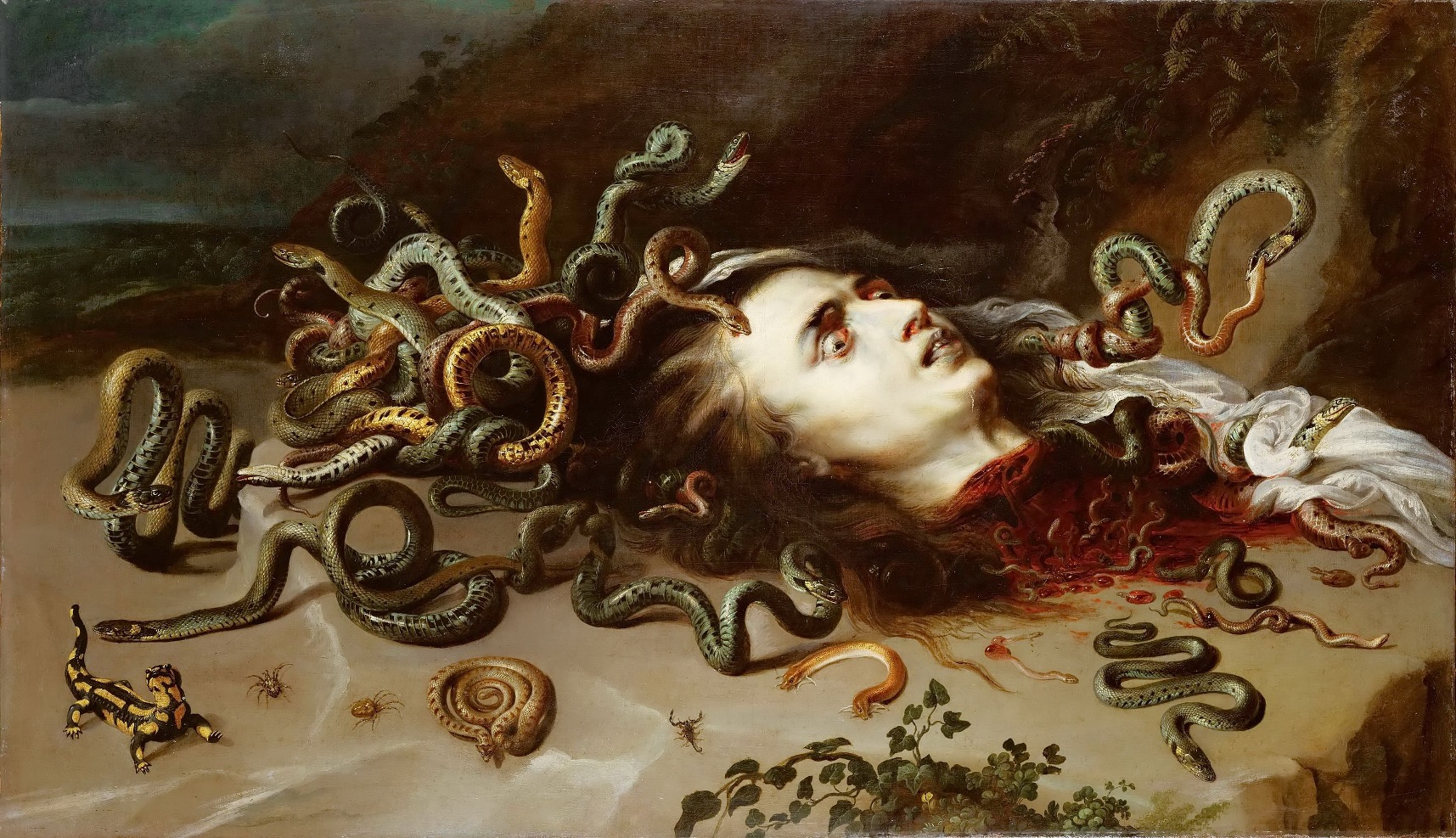
Peter Paul Rubens (and Frans Synders?), Head of Medusa, c. 1618. Oil on canvas, 68.5 x 118 cm. Kunsthistorisches Museum, Vienna.
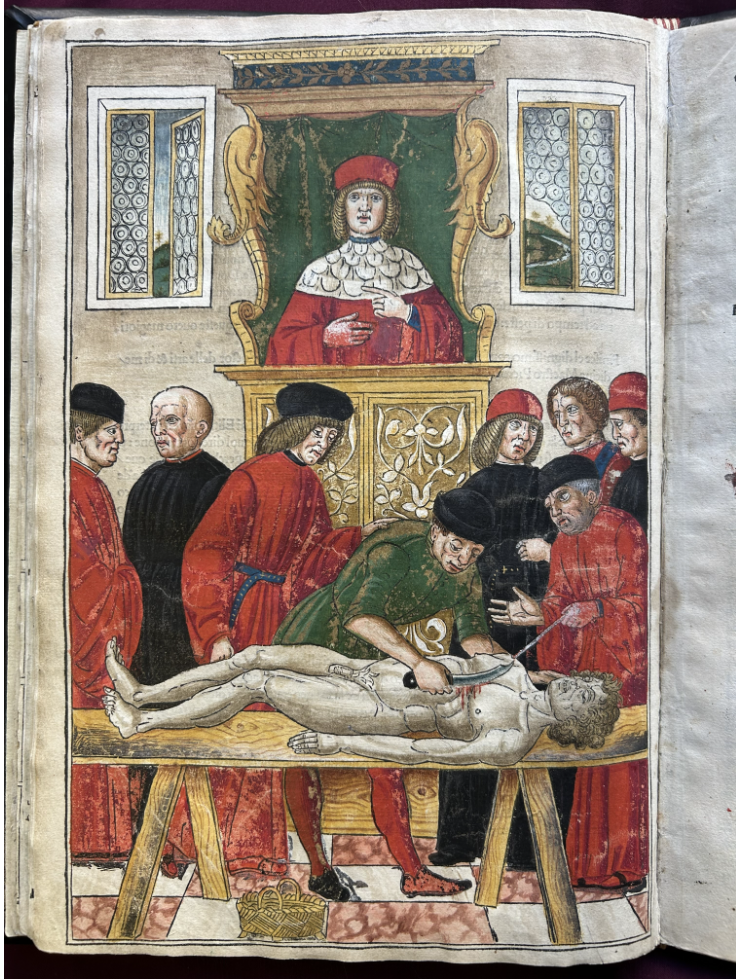
Johannes de Ketham, Anatomy Lesson from the Fasciculus Medicinae, 1493–94. Hand-colored woodcut. Medical Historical Library, Yale University.

Berengario da Carpi Ecorché Male Figure from Isagoge Breves, 1535. Woodcut.
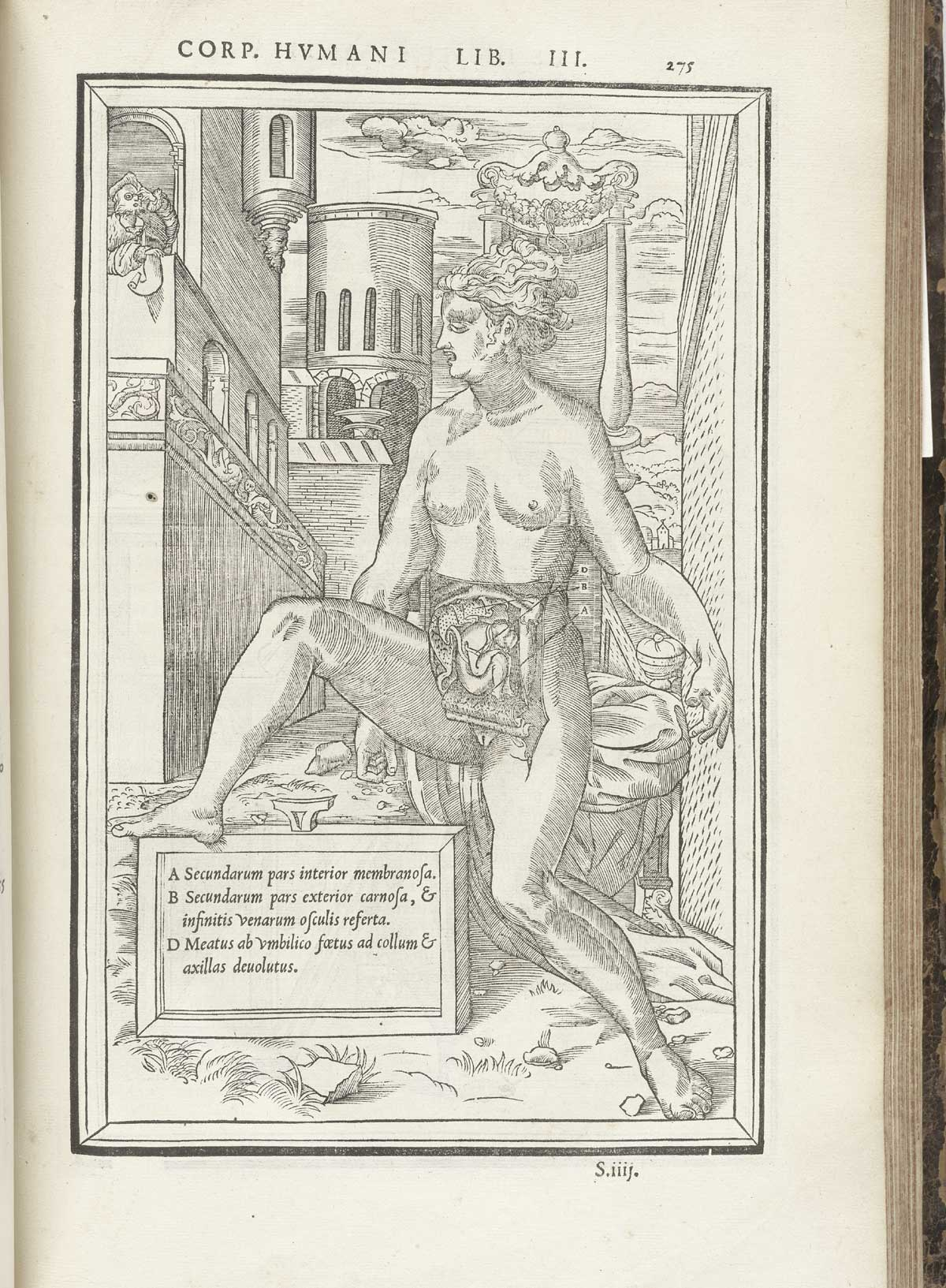
Charles Estienne, Bathsheba Dissected from De dissectione partium corporis humani, 1545. Woodcut.
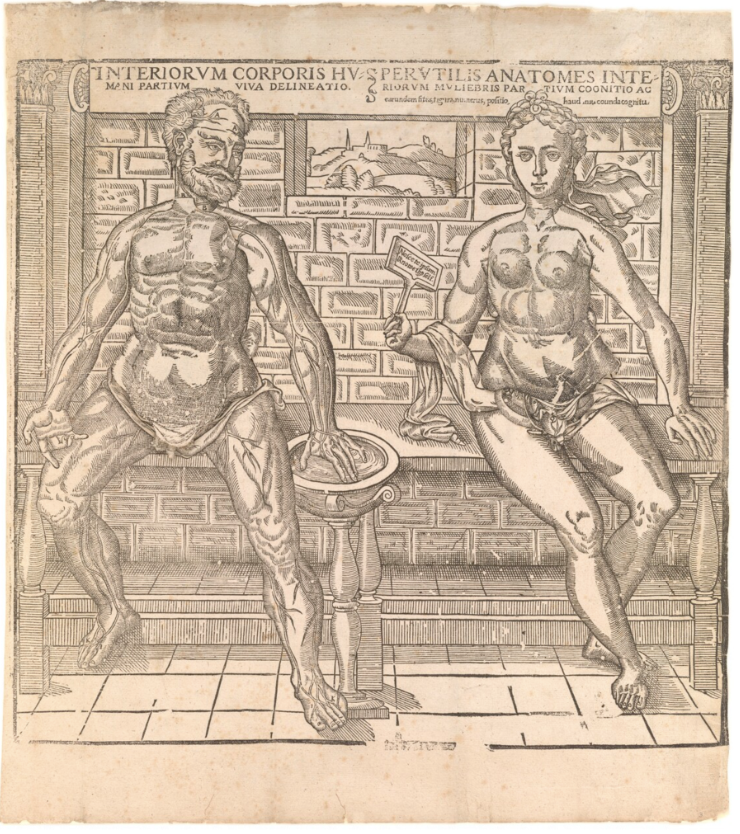
Peter Stent, Flap Print (The Interior Parts of the Human Body ‘Done from Life’), 1650. Woodcut, first edition published in 1559. Duke University.

Frontispiece from Andreas Vesalius, Epitome, 1543. Hand-colored copy in the Cambridge University Library, Cambridge, UK.
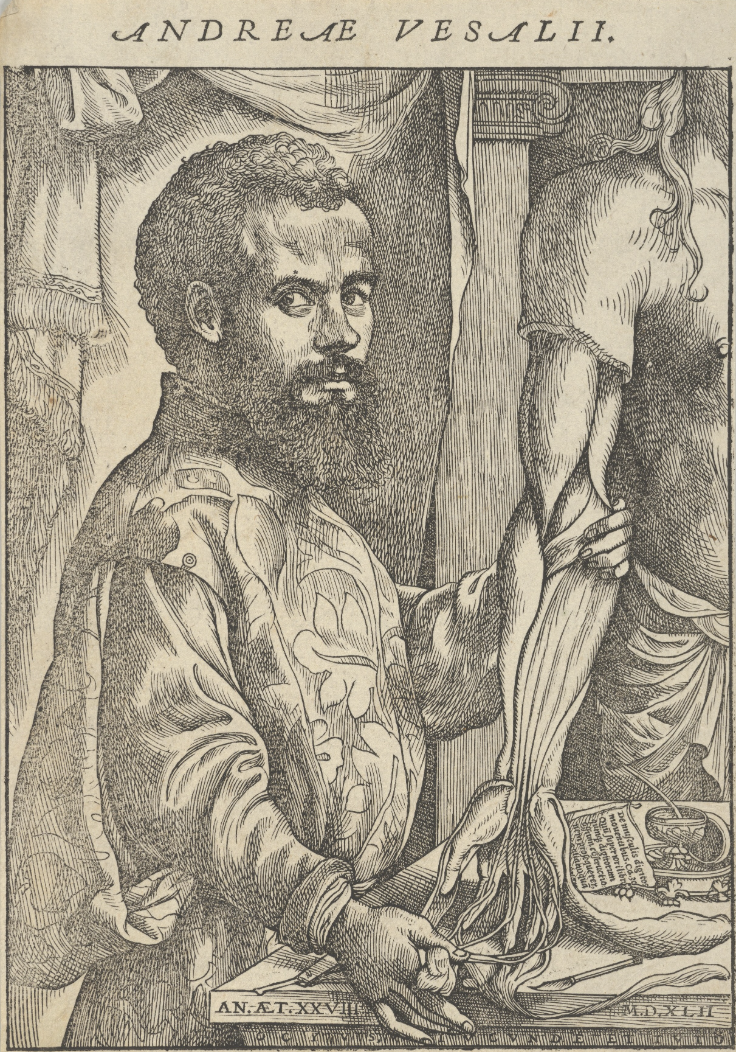
Jan Steven van Calcar, Portrait of Andreas Vesalius at age 28, from On the Fabric of the Human Body, 1543. Woodcut.
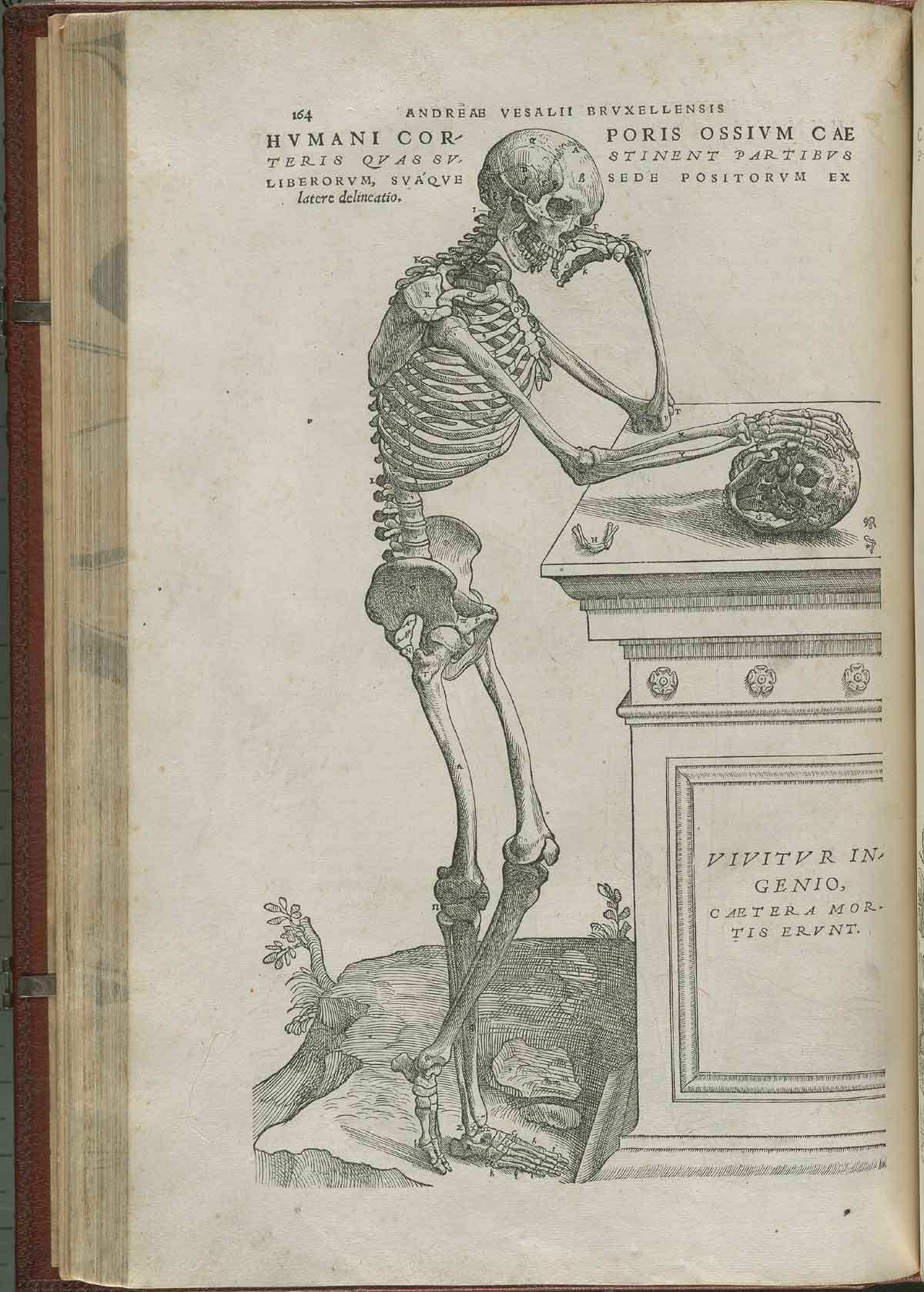
Andreas Vesalius, Skeleton Viewed from the Side, from On the Fabric of the Human Body, 1543. Woodcut.

Andreas Vesalius, Diagram of Male Torso and Genitals, from On the Fabric of the Human Body, 1543. Woodcut.

Andreas Vesalius, Seventh Muscle Man, from On the Fabric of the Human Body, 1543. Woodcut.
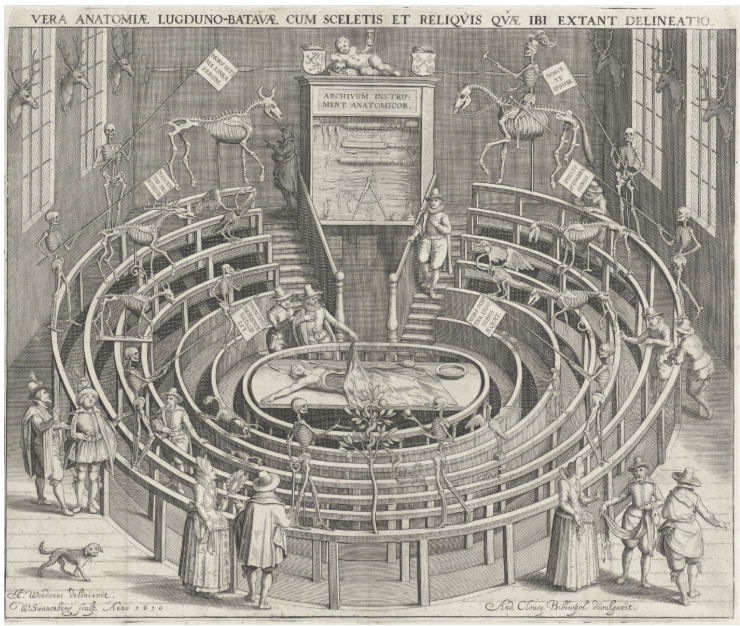
Willem Isaacsz. van Swanenburg after Jan Woudanus, The Anatomical Theater at Leiden University, 1610. Etching and engraving, 33 x 39.4 cm. Rijksmuseum, Amsterdam.
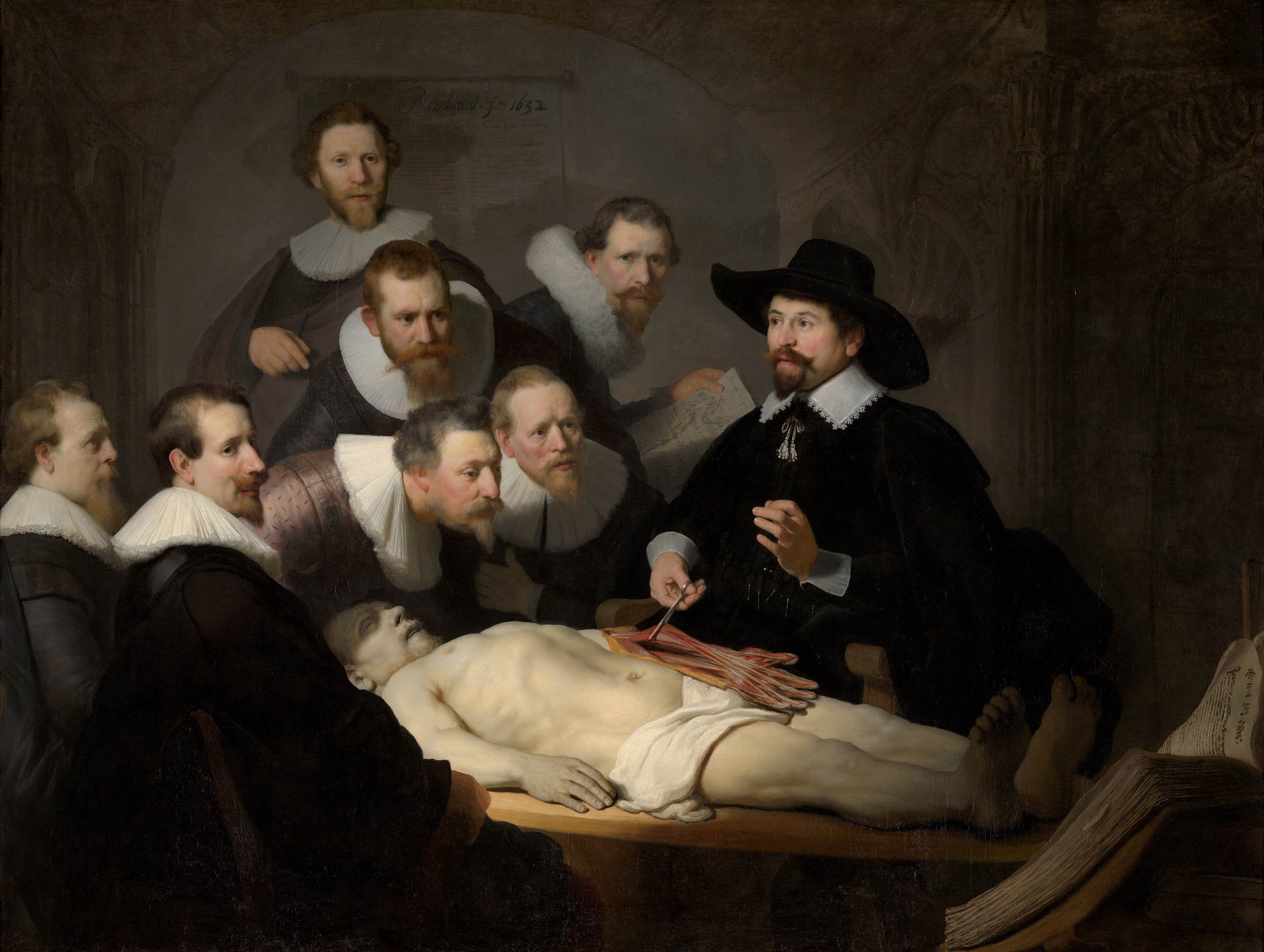
Rembrandt van Rijn, Anatomy Lesson of Dr. Nicolaes Tulp, 1632. Oil on canvas, 169.5 x 216.5 cm. Mauritshuis, The Hague.

Rembrandt, Anatomy Lesson of Dr. Jan Deijman, 1656. Oil on canvas, 100 x 134 cm. Amsterdam Museum.

Adriaen Backer, Anatomy Lesson of Dr Frederick Ruysch, 1670. Oil on canvas, 168 x 244 cm. Amsterdam Museum.

Cornelis Huyberts, Anatomical Composition from the Third Anatomical Cabinet of Frederik Ruysch, 1701–1716. Engraving. Medical Historical Library, Yale University.

Rachel Ruysch, Fruit Piece, 1710. Oil on canvas. Private Collection.
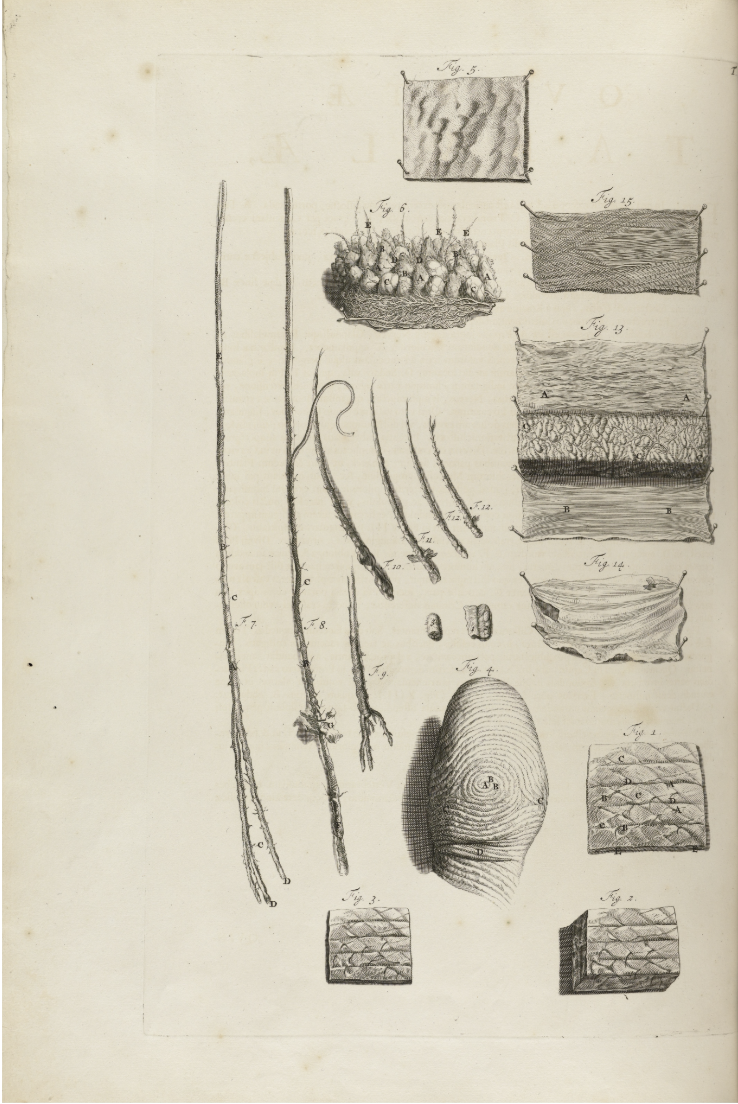
Gerard de Lairesse and Govert Bidloo, Structures of the Skin from Anatomy of the Human Body, 1685. Engraving.
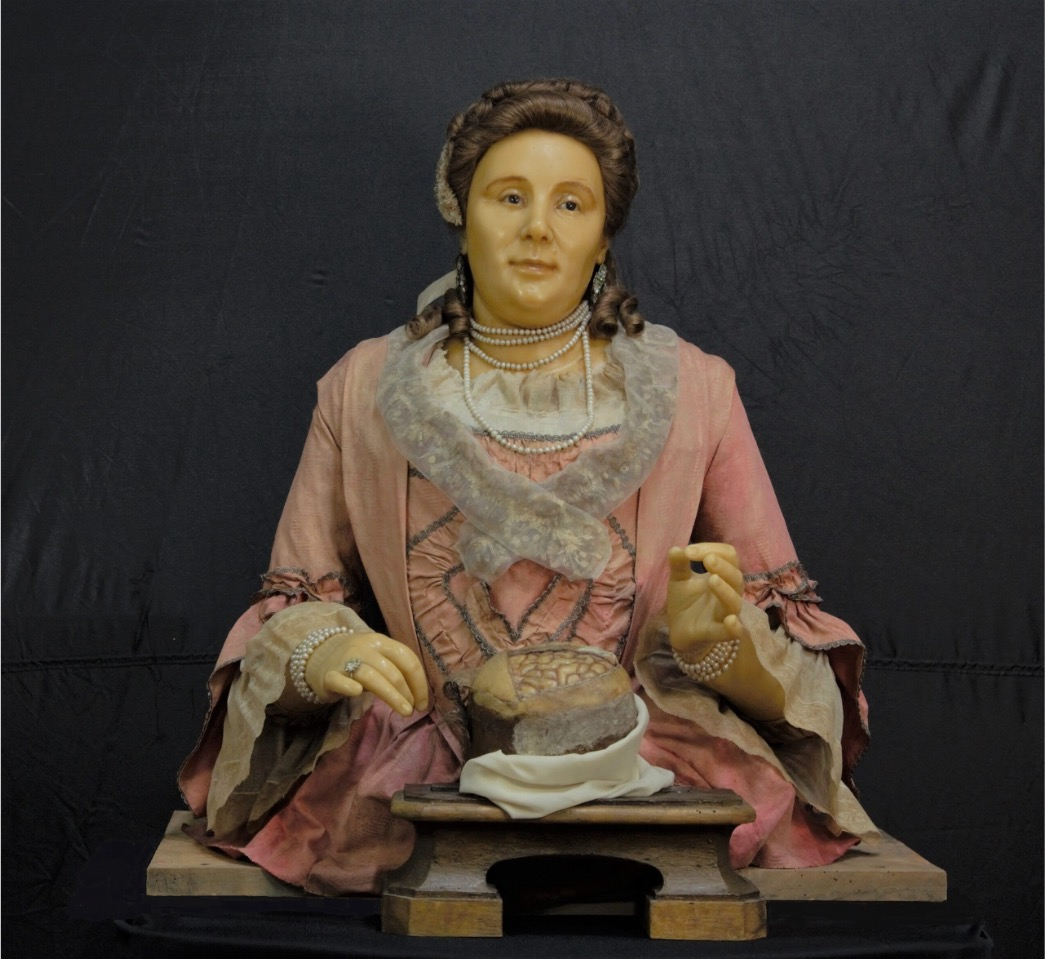
Anna Morandi Manzolini, Self-Portrait, 1750–55. Wax, hair, etc. Gallery Museo di Palazzo Pozzi, Bologna.
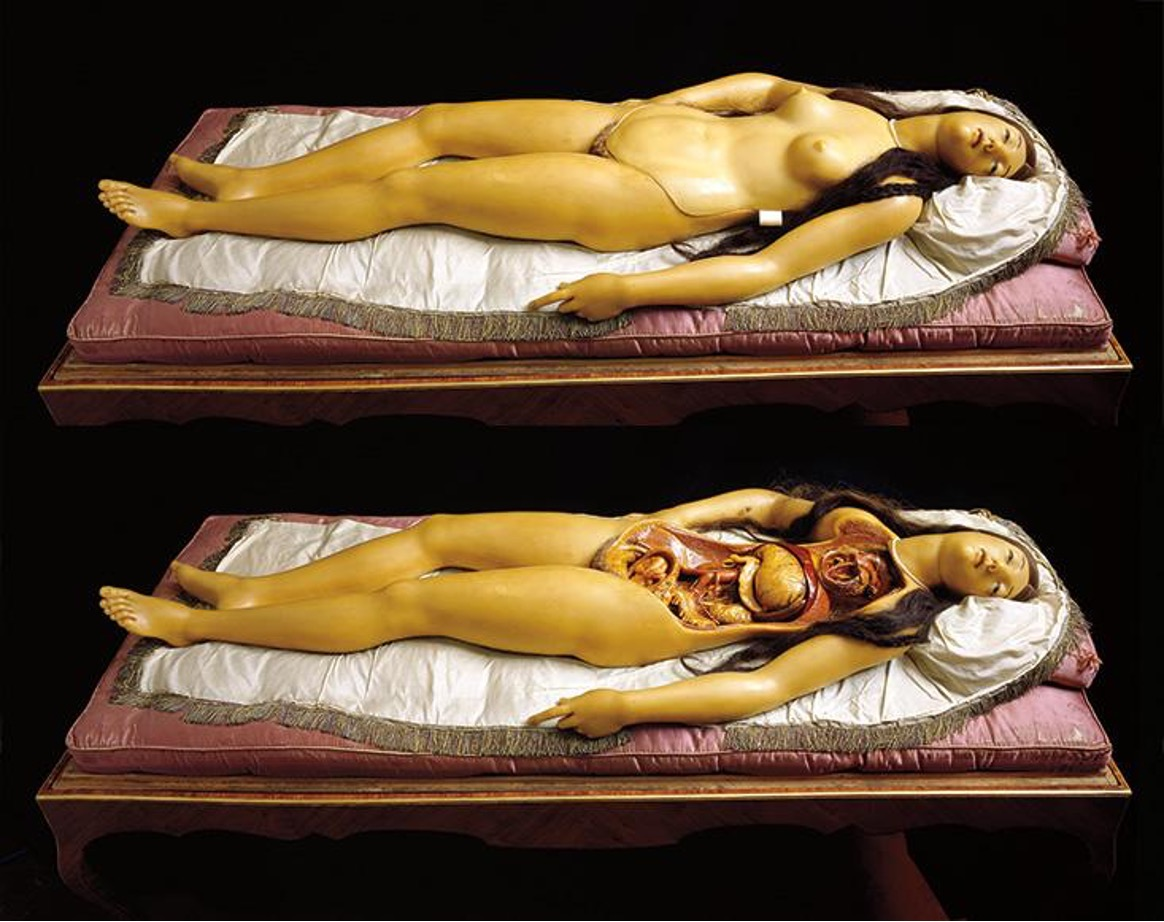
Clemente Susini, Anatomical Venus, c. 1782. Hand-colored wax and human hair. Museum of Natural History (La Specola), Florence.
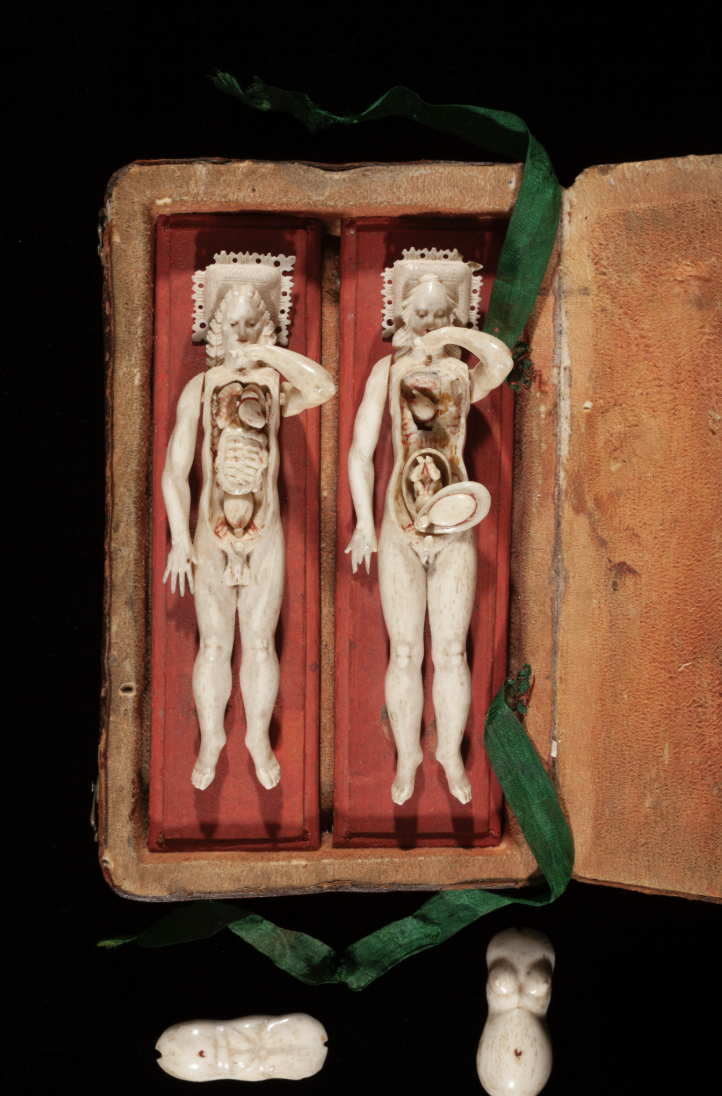
Unknown Maker(s), Anatomical Manikins, 18th century. Hand-colored bone. Yale University, Medical Historical Library.